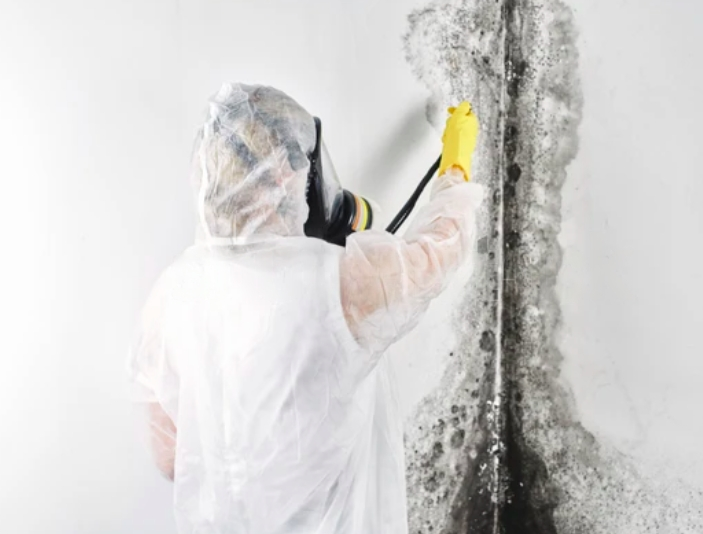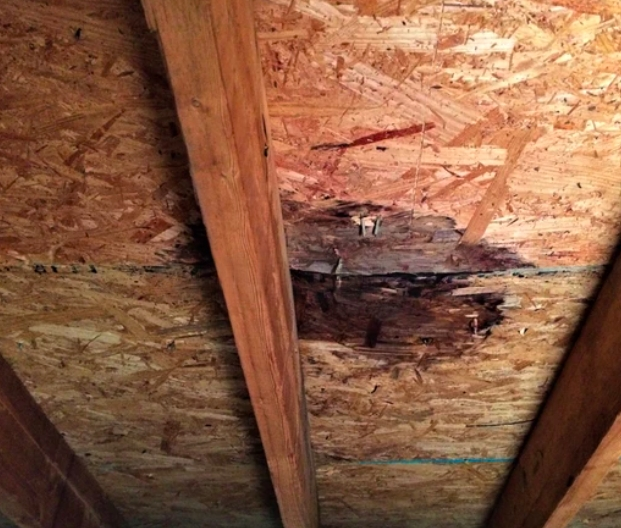Attic Mold Removal Toronto
One of the most demanded services in the restoration industry is mold removal. Homeowners do not check their attic often, leading to increase chances of molding. If there are any cracks or damages to your roof, water will accumulate. When this occurs, the moisture in the attic stems into molding. If ignored, the structural framing of your home can deteriorate. To prevent this from happening, contact us today.




